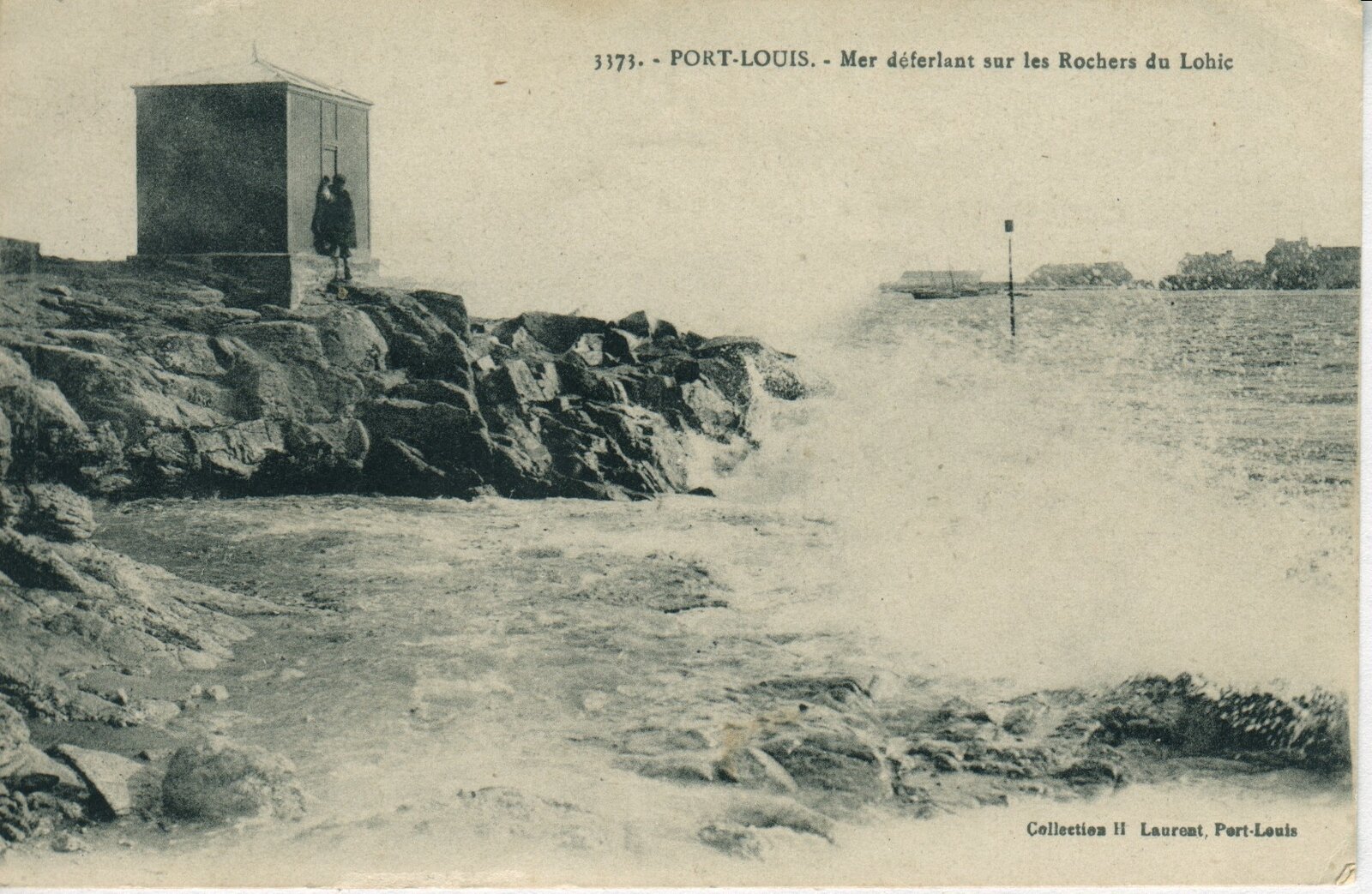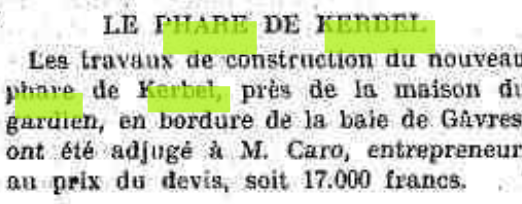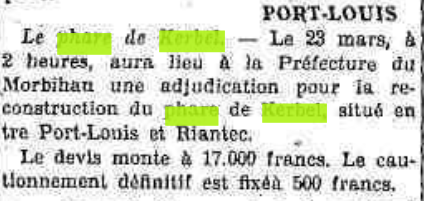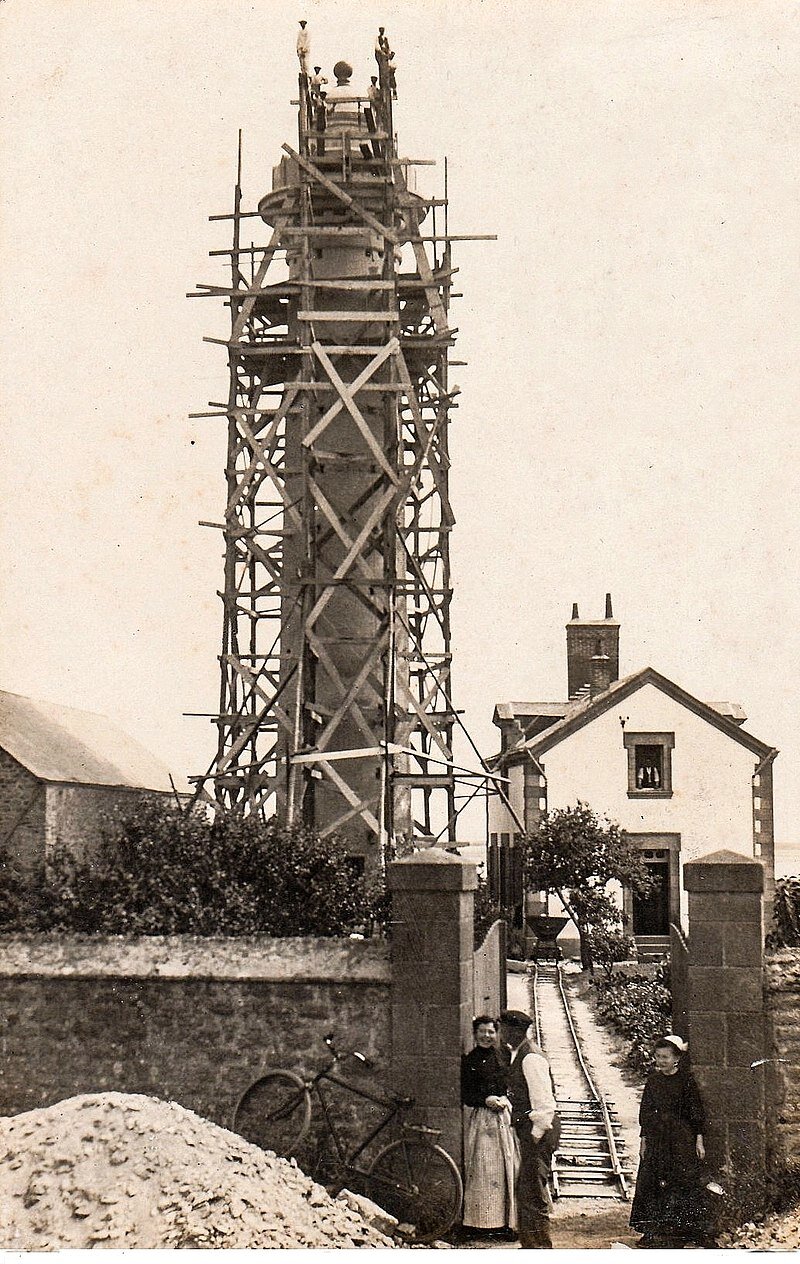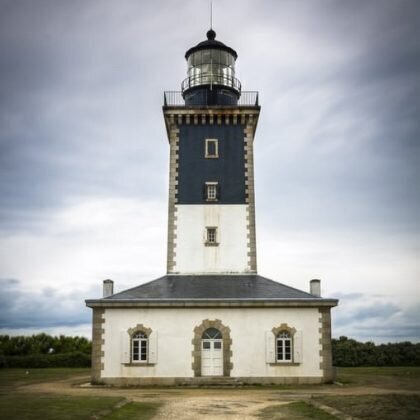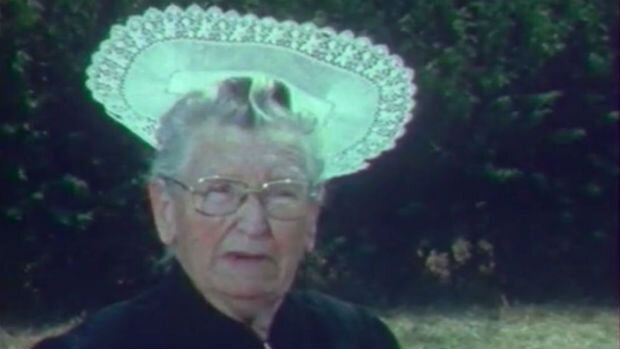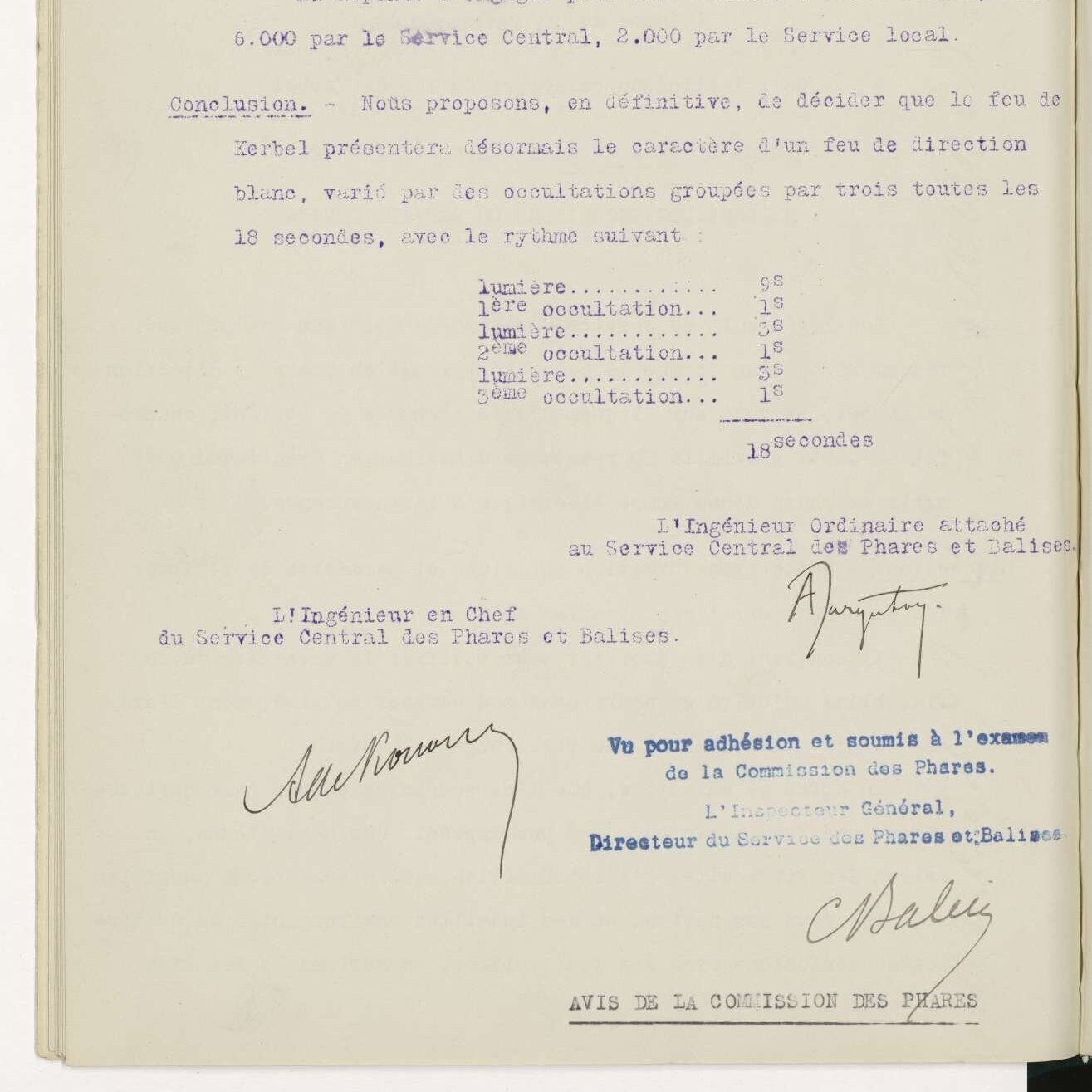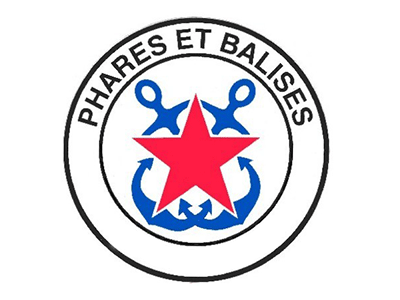
THE HISTORY OF THE LIGHTHOUSE
BEFORE THE LIGHTHOUSE OF KERBEL
The signalling of the passes in Lorient harbour was envisaged as early as 1837.
For the eastern pass (small pass), this was done by aligning the lanterns of the Moulin de la Perrière and the bell tower of the church of St Louis in Lorient. As for the western channel (or large channel), it was marked in 1854 by the Lohic light, at the foot of the Port Louis ramparts, and by the Poulfanc fire tower, about fifteen metres high.
The Poulfanc fire tower.
A postcard from the Lohic lighthouse.
The building was almost destroyed by lightning in February 1900 and will have to be restored and fitted with a lightning rod.
In 1910, as part of the reinforcement of the range lights of the Lorient passes requested by the port movement service, the Minister of Public Works, in agreement with the opinion of the lighthouse commission, decided that the Poulfanc light should be raised by 8 metres. As this was technically impossible for the existing tower, it was decided to build a new one: this would be the current Kerbel lighthouse.
BIRTH OF THE LIGHTHOUSE
The final project was validated on 22 November 1911 by Mrs Méchin and Lebert, engineers of the Phares et Balises. (Lighthouses and Beacons)
Official signatures at the bottom of the final draft.
On 23 March 1912 at the prefecture of Lorient, the tender for the construction work was awarded to Mr. Caro, at a cost of 17,000 francs. (2600 euros).
Republican Independence 10 March 1912.
L'écho du Morbihan 31 March 1912.
Work therefore began in November 1912.
Adjacent to the keeper's house, the lighthouse will rise to 25 m, and will be surmounted by a reinforced concrete lantern, surrounded by a reinforced concrete guardrail. Equipped with a Fresnel lens, it will be powered by petroleum steam, for which an outbuilding, the "oil strore", will also be built.
The construction of the lighthouse, 1913.
Final sketches of the lighthouse.
A LIGHTHOUSE IN THE NIGHT
The lighthouse came into operation in 1913 and was entrusted to Mr Brin, a former colonial artillery marshal.
But the iconic keeper of the Kerbel lighthouse was in fact a woman keeper. Honorine Le Guen took up her post at the age of 23, in 1925, and did not leave it until 1972 to retire. Daughter of the keeper of the Pen Men lighthouse in Groix, she was introduced to the position of auxiliary keeper at a very early age, and was officially admitted at the age of 18.
The Pen Men lighthouse in Groix
When she was assigned to the Kerbel lighthouse in Riantec, she became the only female lighthouse keeper in France. Every day, she had to dismantle, clean and reassemble several parts of the lens. And above all, every day she had to carry up two 8-litre cans of oil, until the lighthouse was electrified, as prescribed by a ministerial decision in 1928, and effective in 1932.
Honorine Le Guen, first female lighthouse keeper in France - Ina.fr - 1983.
Extract from the report of the Lighthouse and Beacon Commission - 1928
Indeed, the lighthouse commission, at its meeting of 24 February 1928, considered that, due to the proximity of the distribution network (Société Bretonne d'Electricité) the transformation would be easy, and that it would allow the lighting system to be changed: from a fixed light, we would pass to a light with occultations. Until now, the fixed white light of Kerbel, in the same axis as the fixed red light of Lohic, could generate confusion with the lights of the boats or those of the localities of the coast. Thanks to electrification, flickering is possible and the commission defines it as follows every 18 seconds:
Light: 9s / 1st blackout: 1s
Light: 3s / 2nd blackout: 1s
Light: 3s / 3rd blackout: 1s
At the beginning of the German military administration in occupied France, Honorine Le Guen remained at her post, despite the bombings and evacuations. Dominique Labarrière recounts in his book "Surviving: the life of the French in the West in 1944", that one night, while the Allies were bombing the submarine base of Kéroman (Lorient), the largest German U-boat base, the German authorities ordered her to turn off the lighthouse that would guide the Allied aviation. Honorine Le Guen refused, arguing that she was only obeying the rules of the lighthouse keepers, which required her to keep the light on to give the pass, as long as boats at sea requested it.
The lighthouse was later taken over by the Germans, but Honorine Le Guen continued to come regularly to check on its condition, and she returned to it in 1945.
Le phare de Kerbel a continué ensuite à guider les navires jusqu’à son extinction définitive en août 1989.
RECONVERSION, THE LIGHTHOUSE OF KERBEL, EXCEPTIONAL HOUSING
In 2003, the administration of lighthouses and beacons decided to sell the lighthouse. It was a candlelight sale, which Mr Jégat won.
He did not have any specific plans when he bought the property, but rather fell in love with it. Then the idea of creating a gite germinated, and Mr Jégat, who was also a building contractor, embarked on a titanic two-year project to transform the lighthouse.
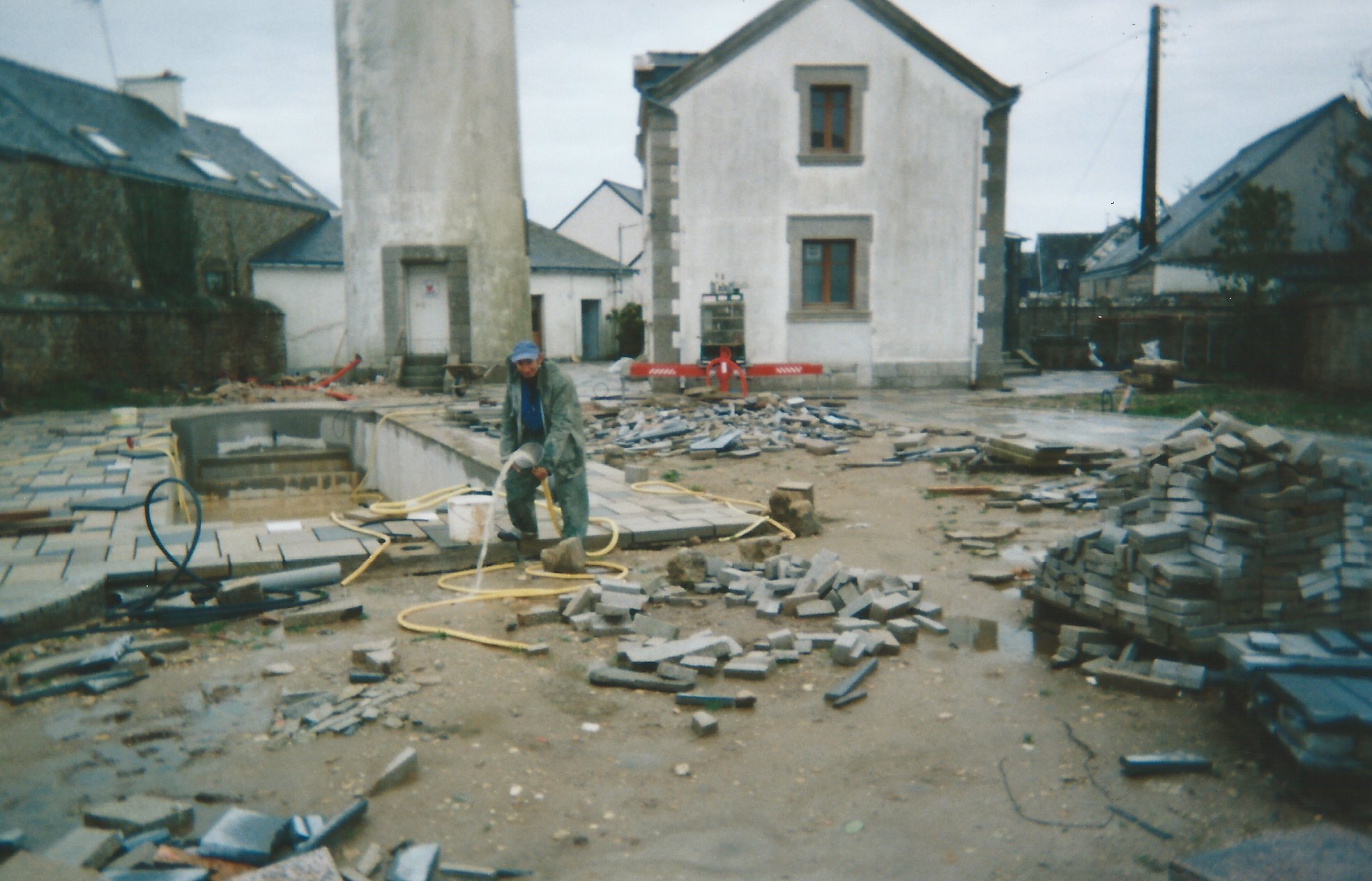
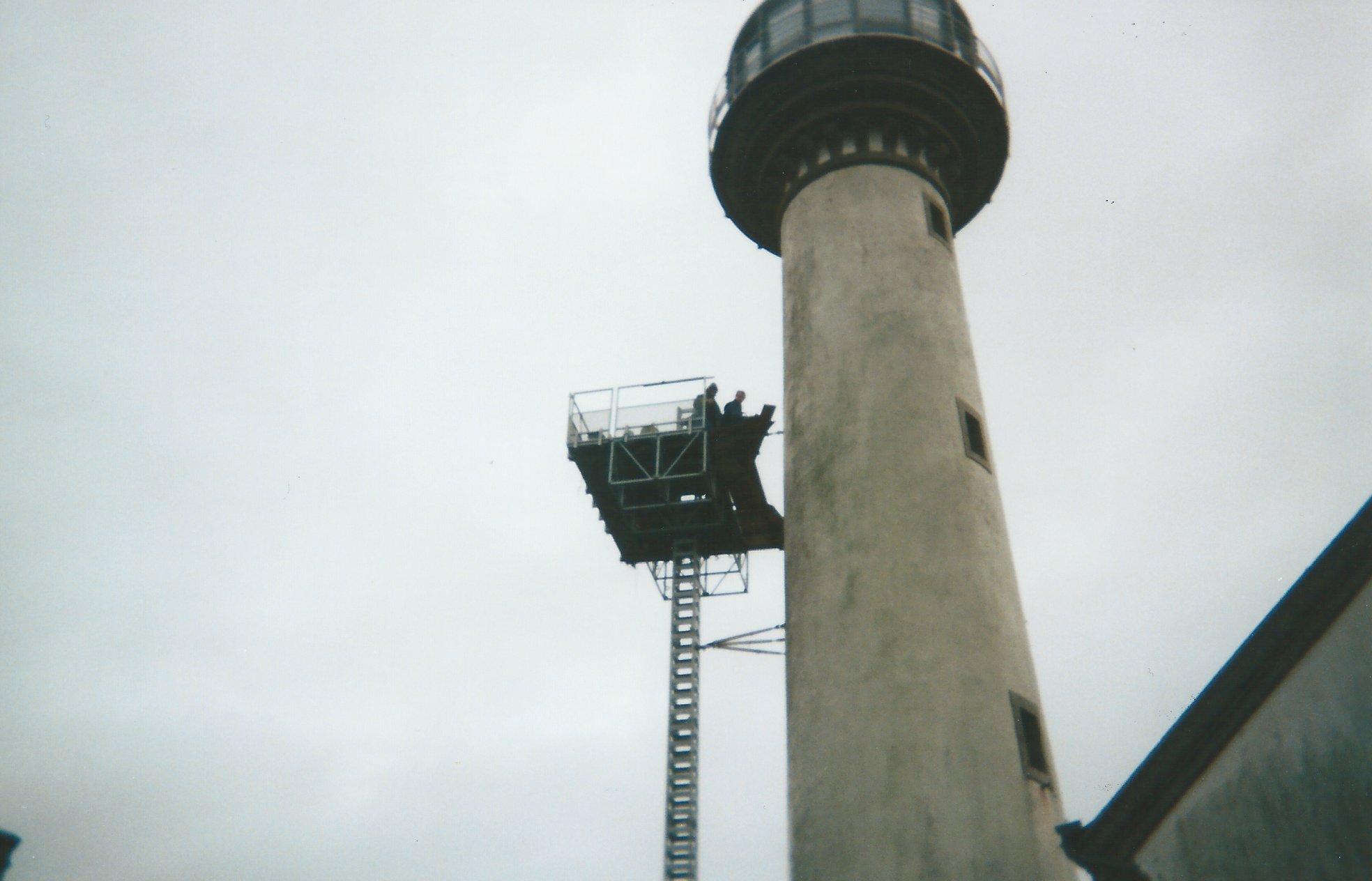
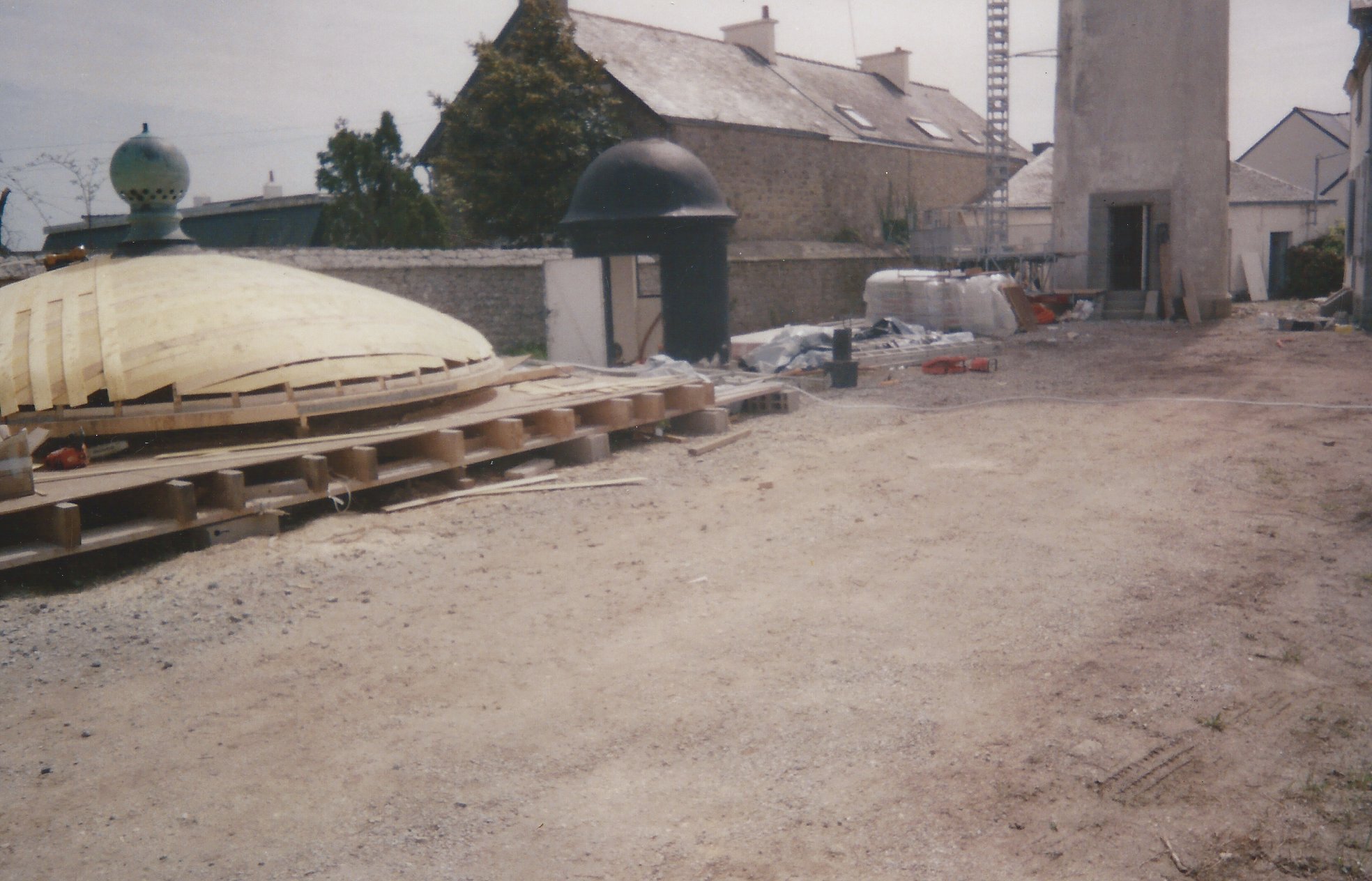
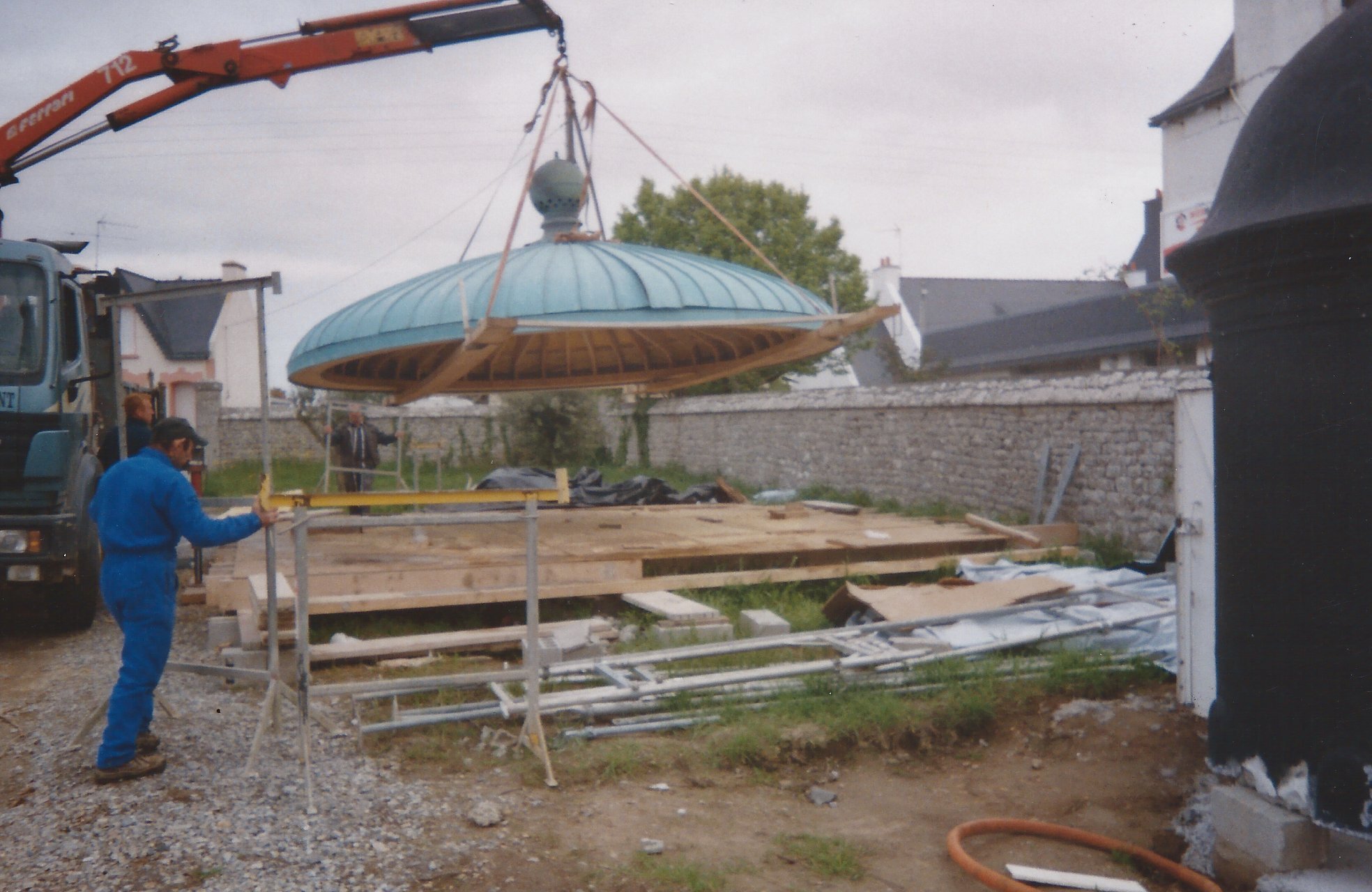
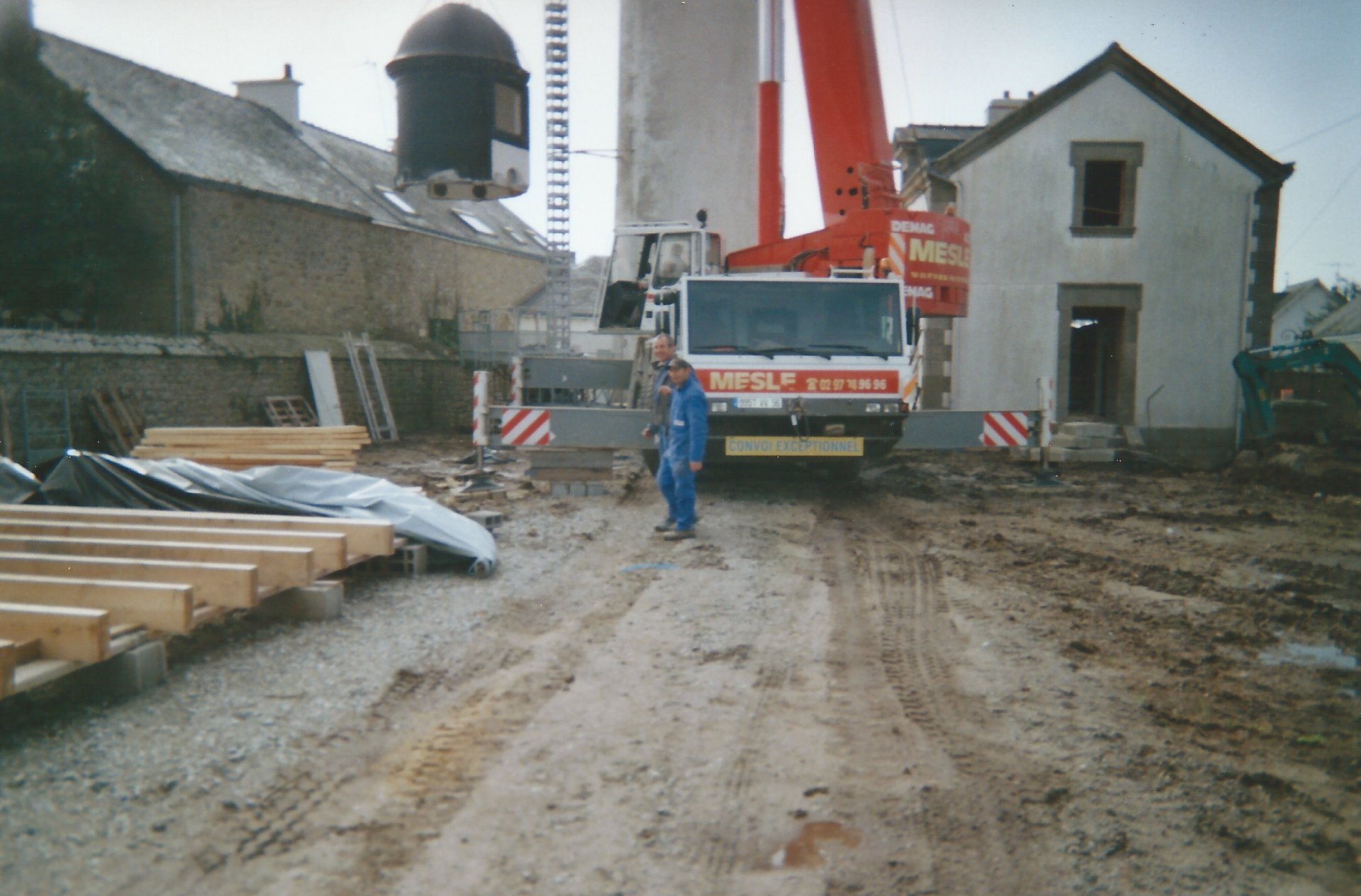
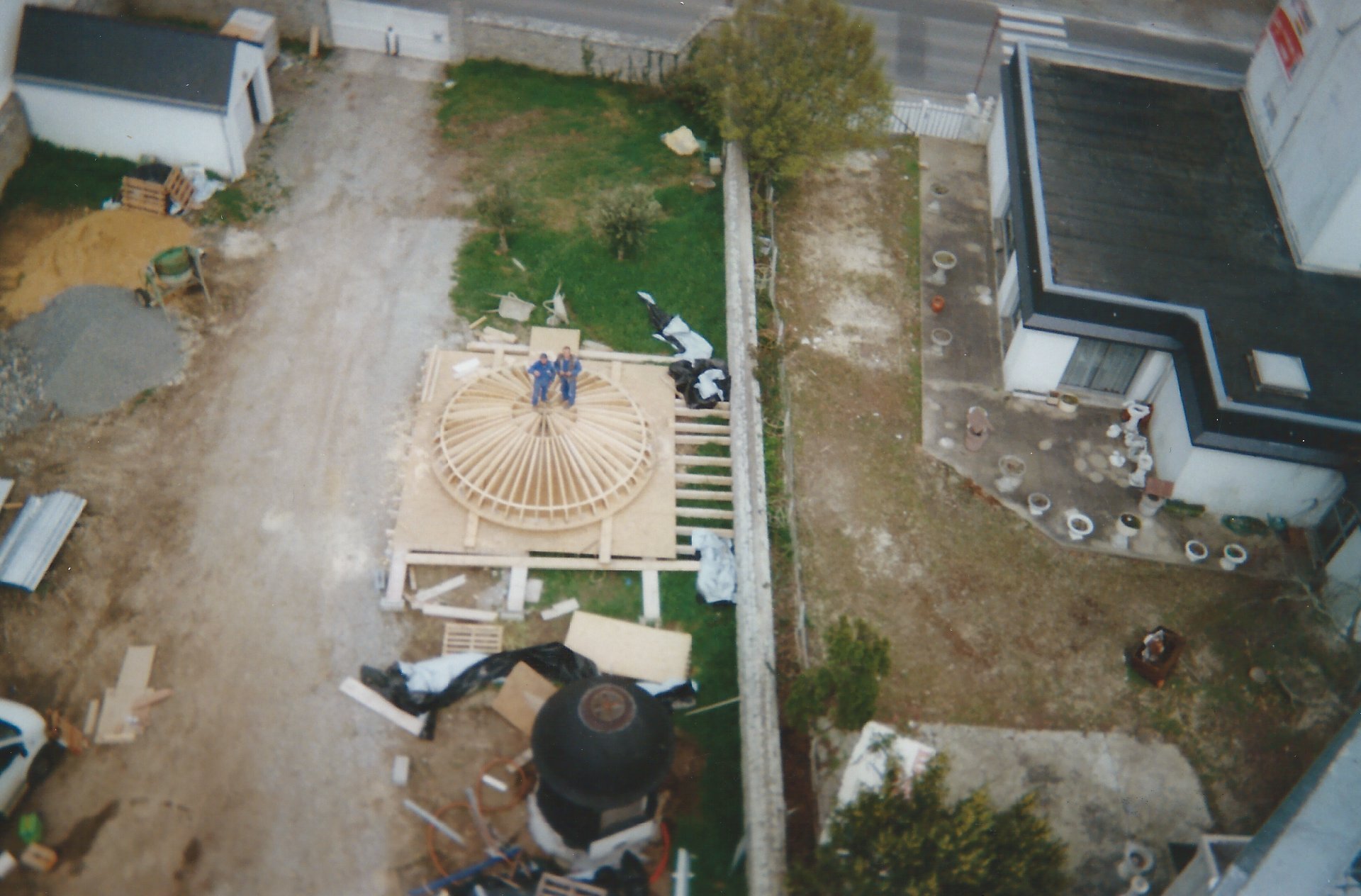
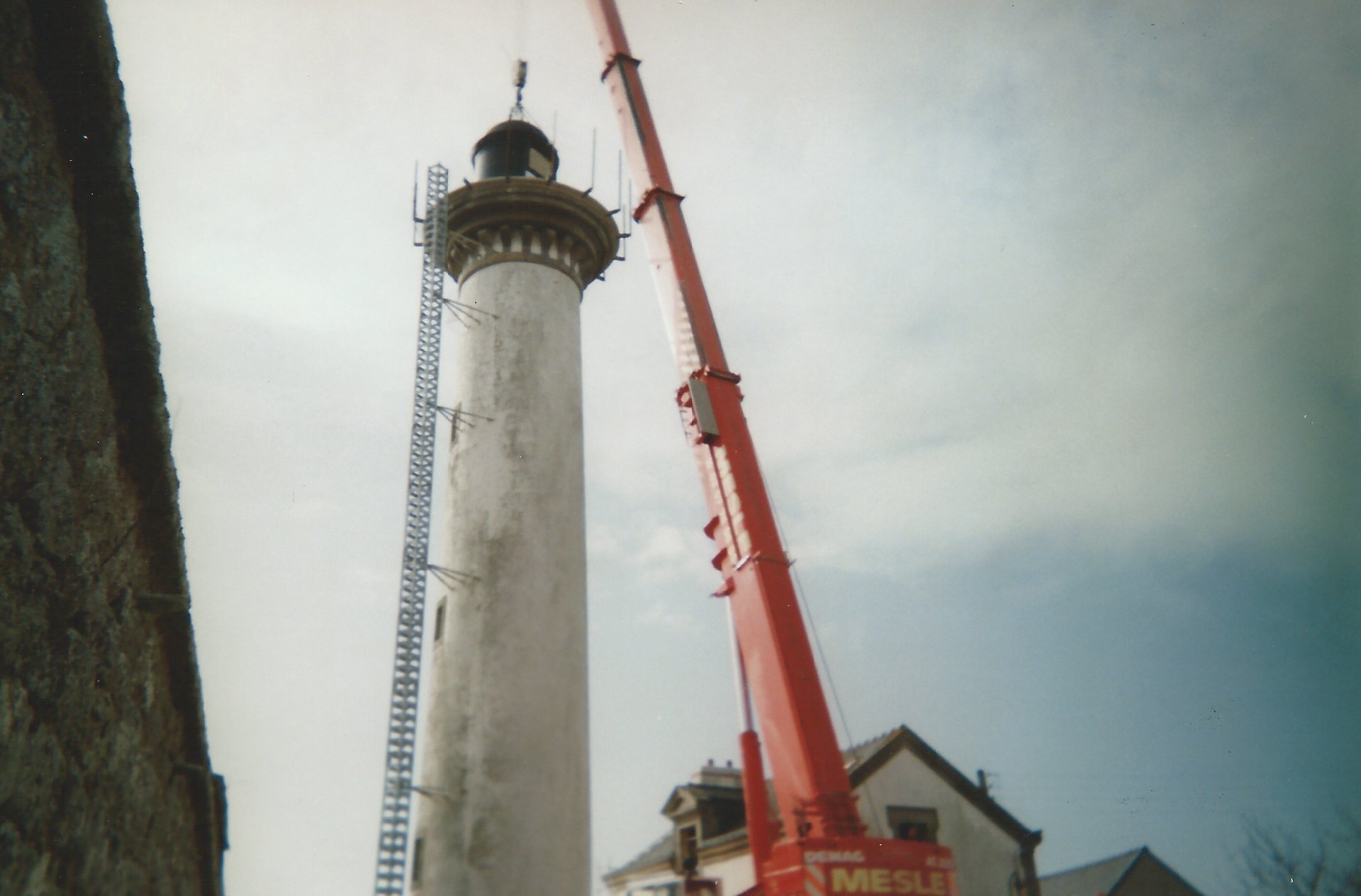
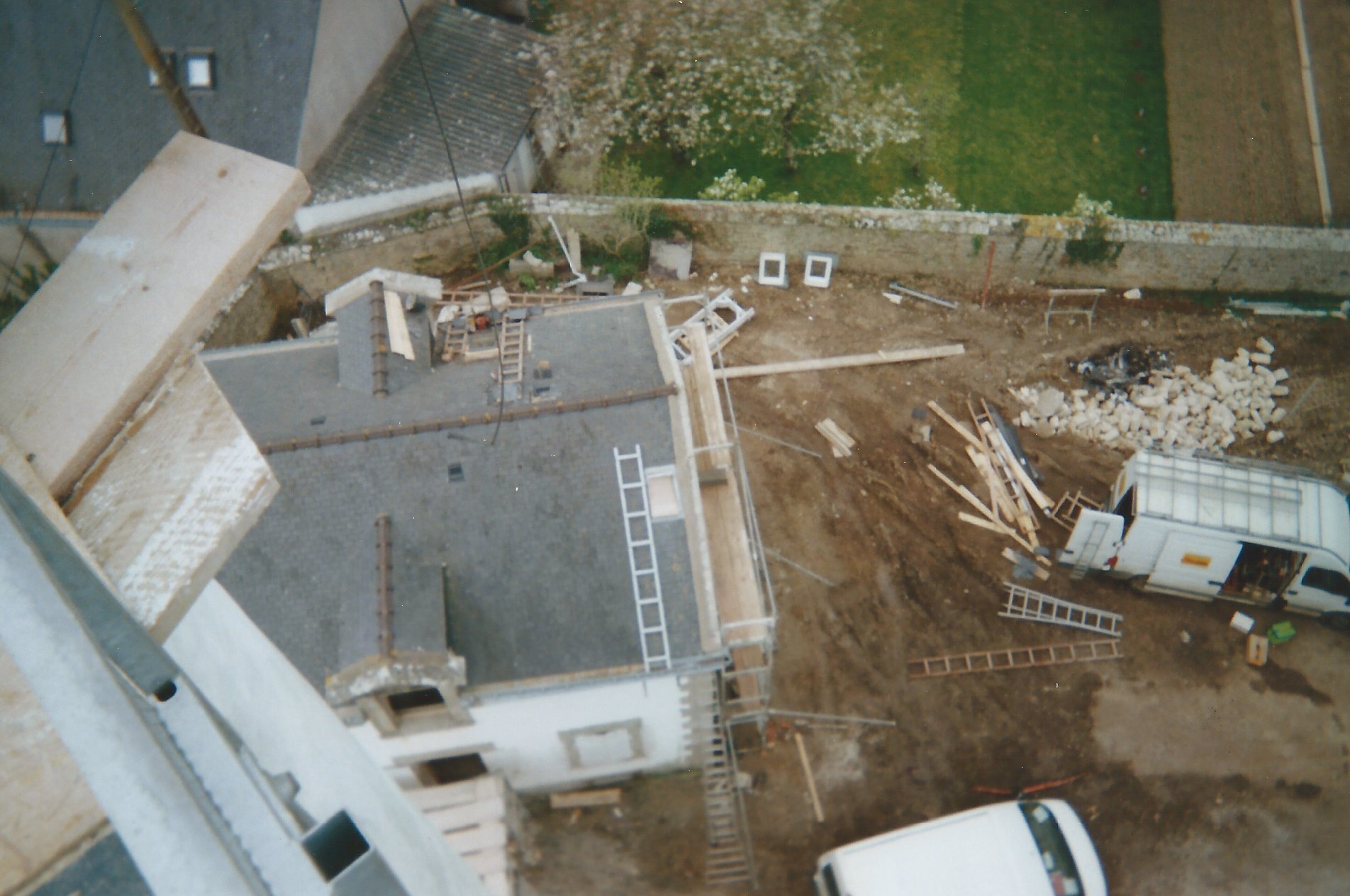

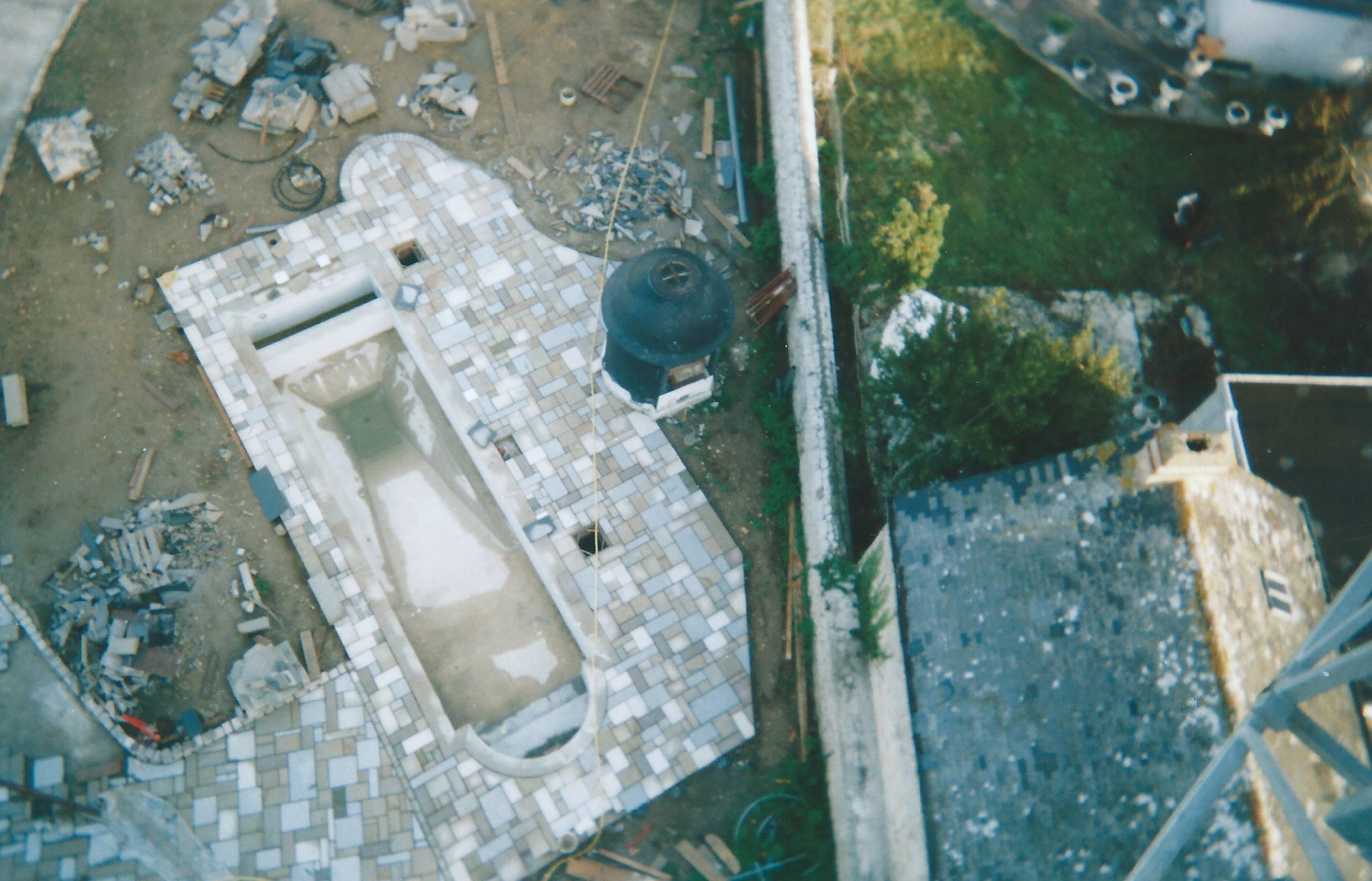
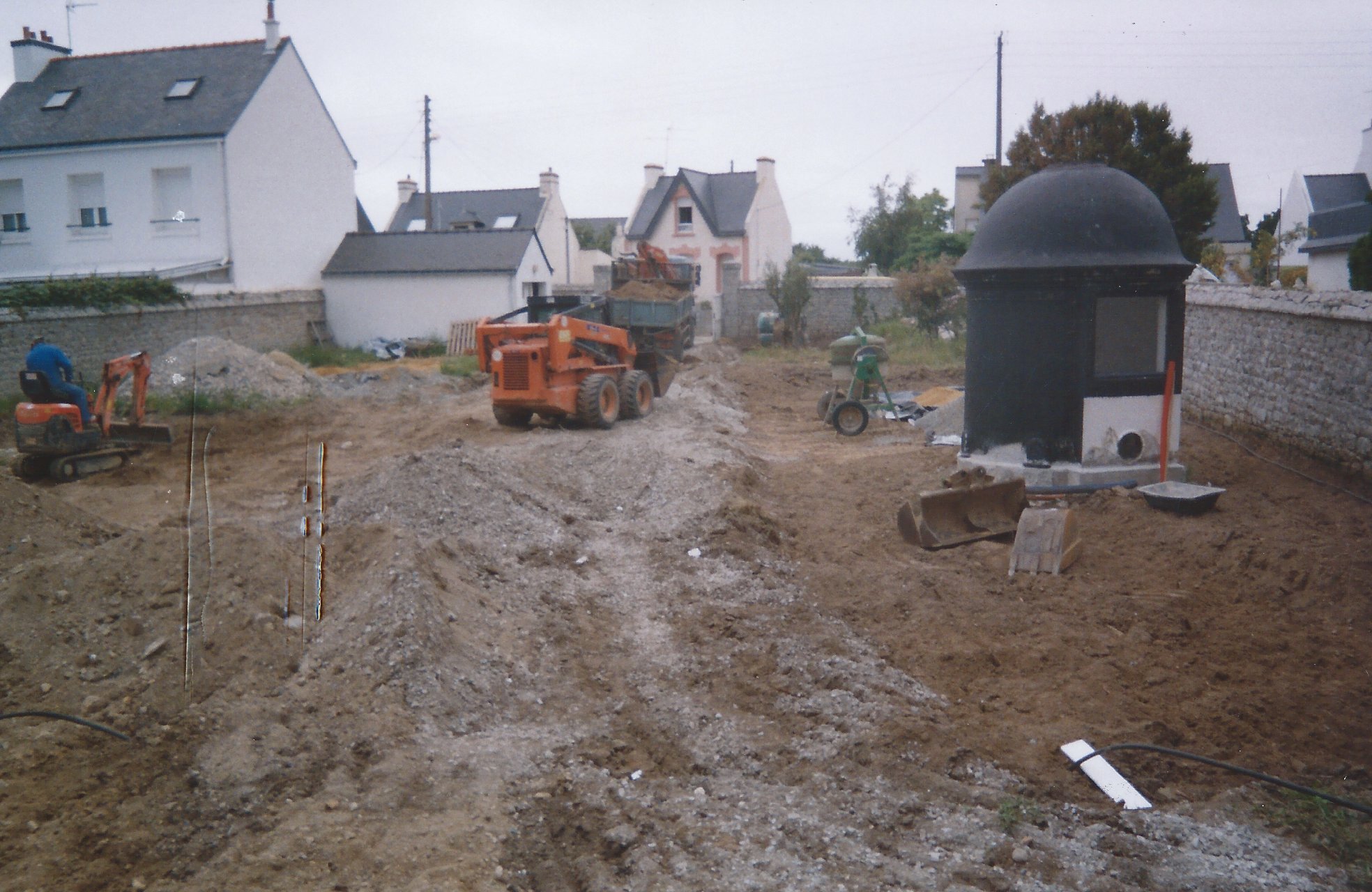
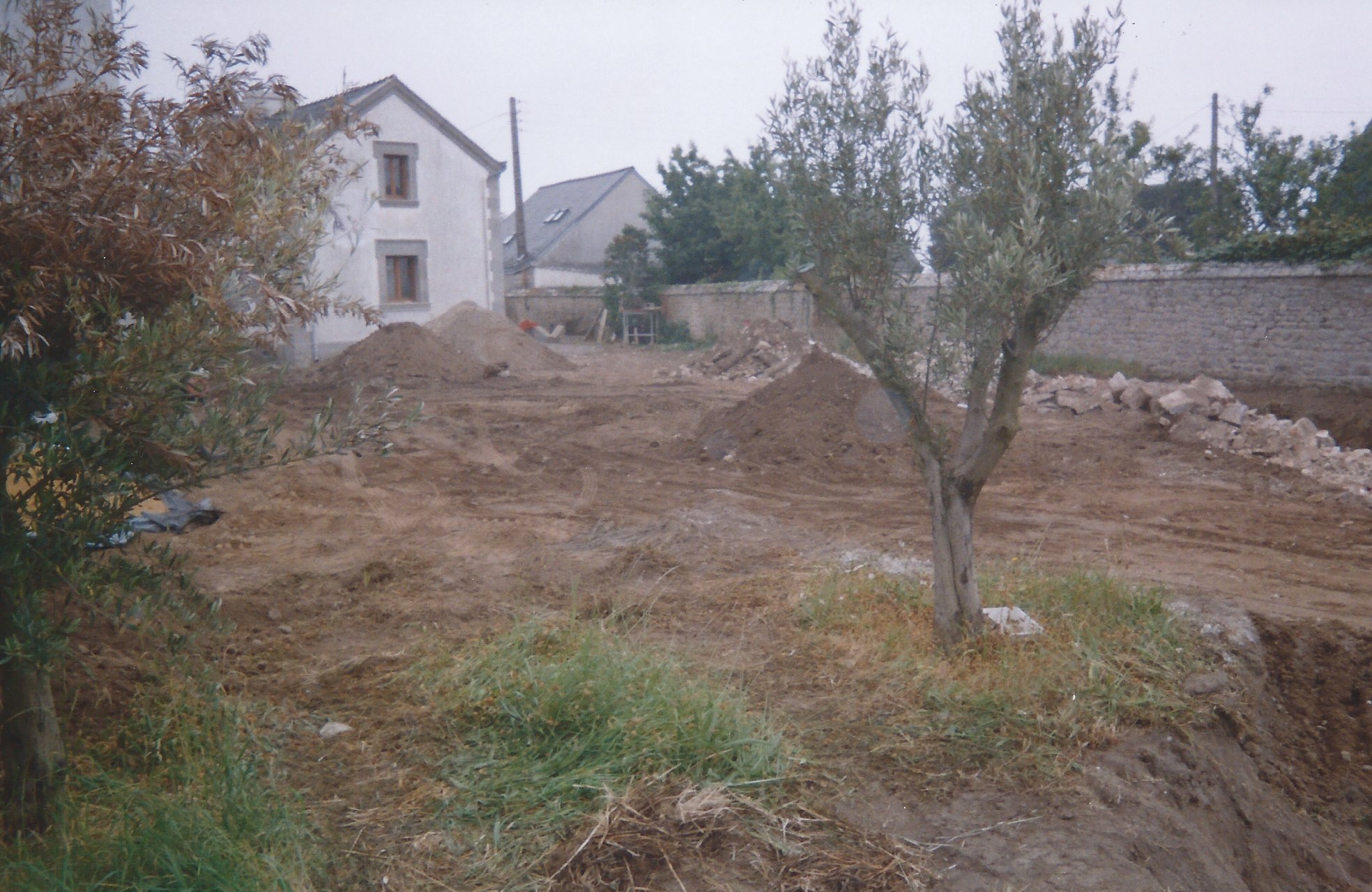
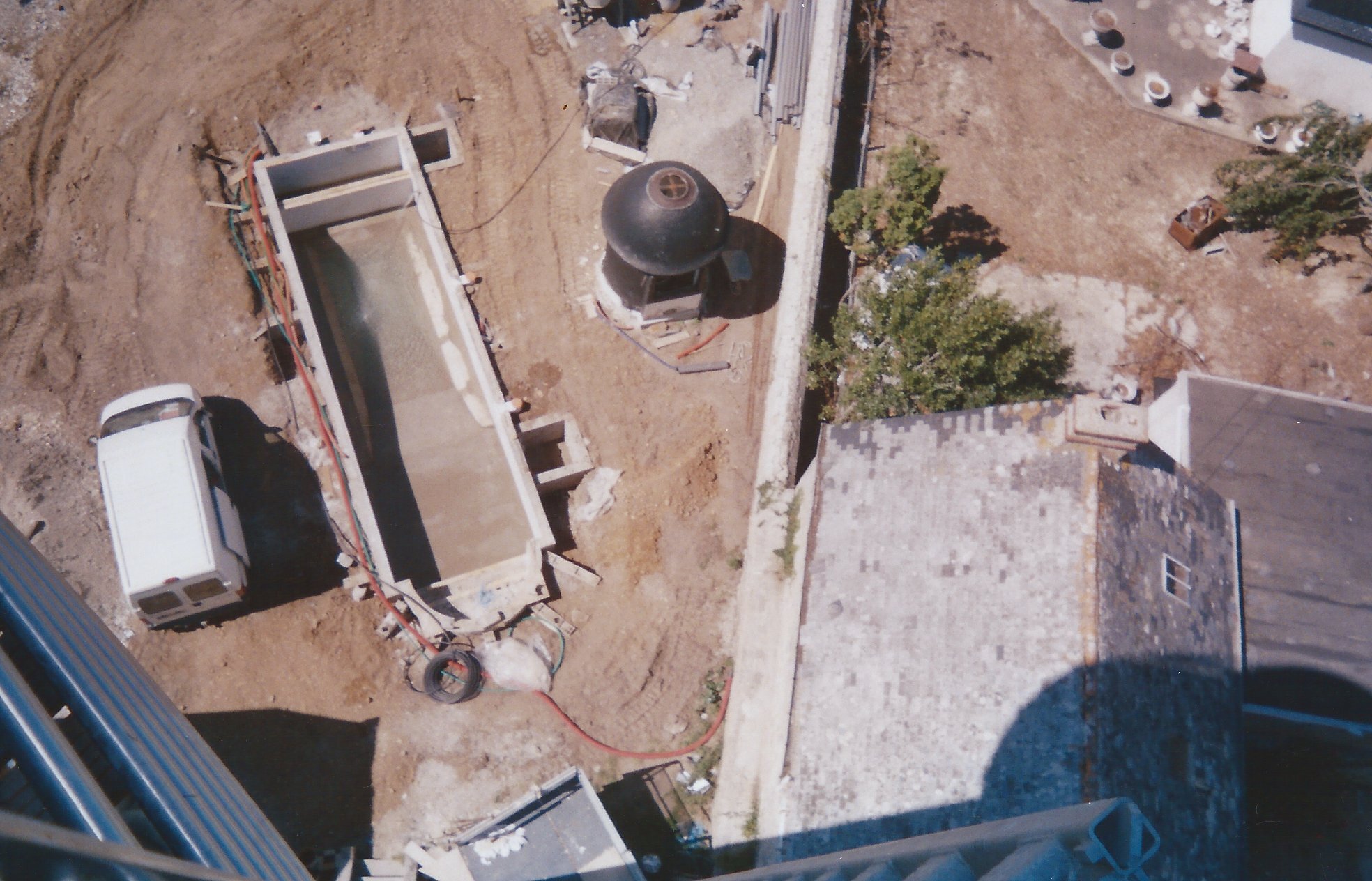

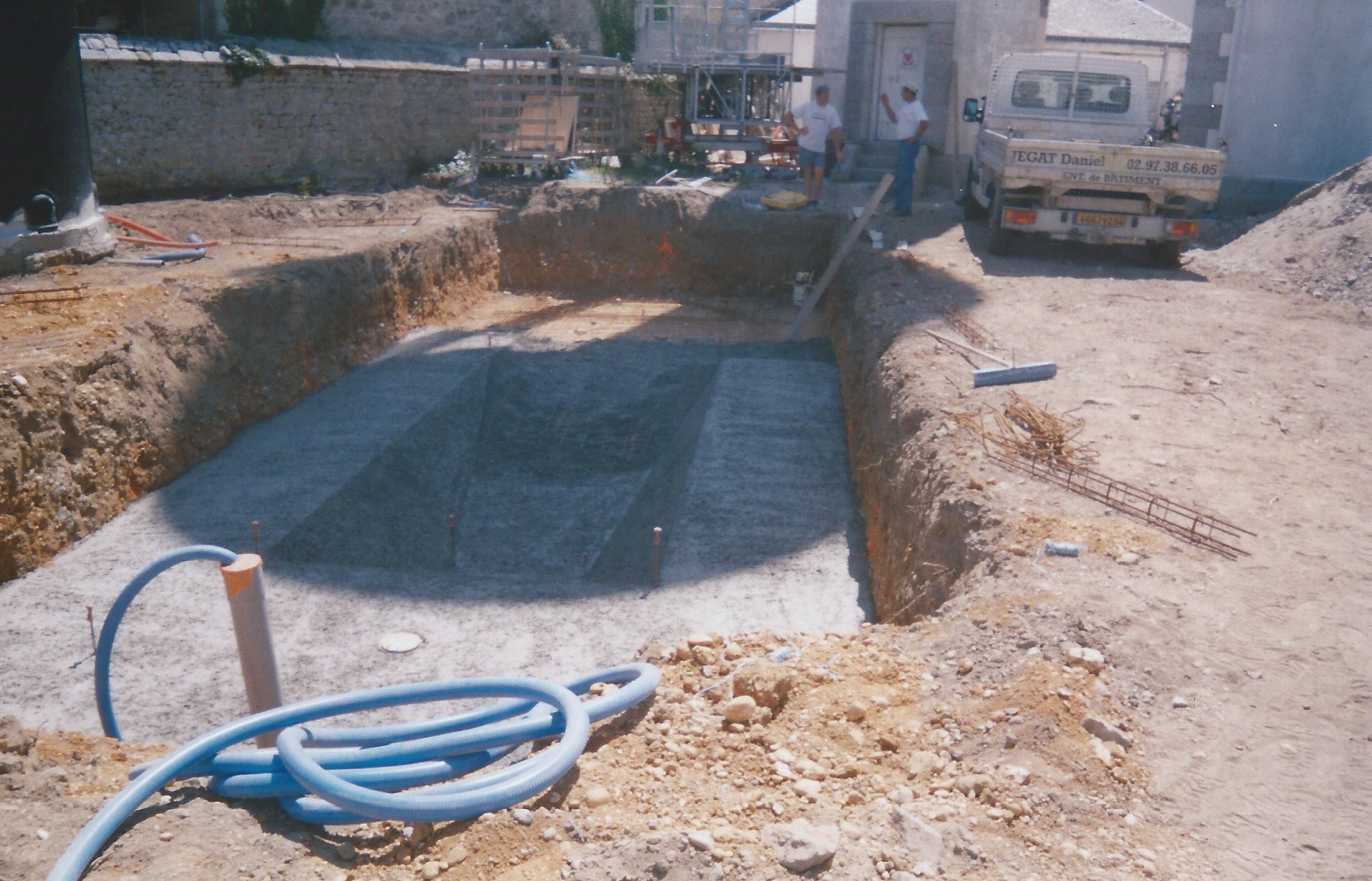
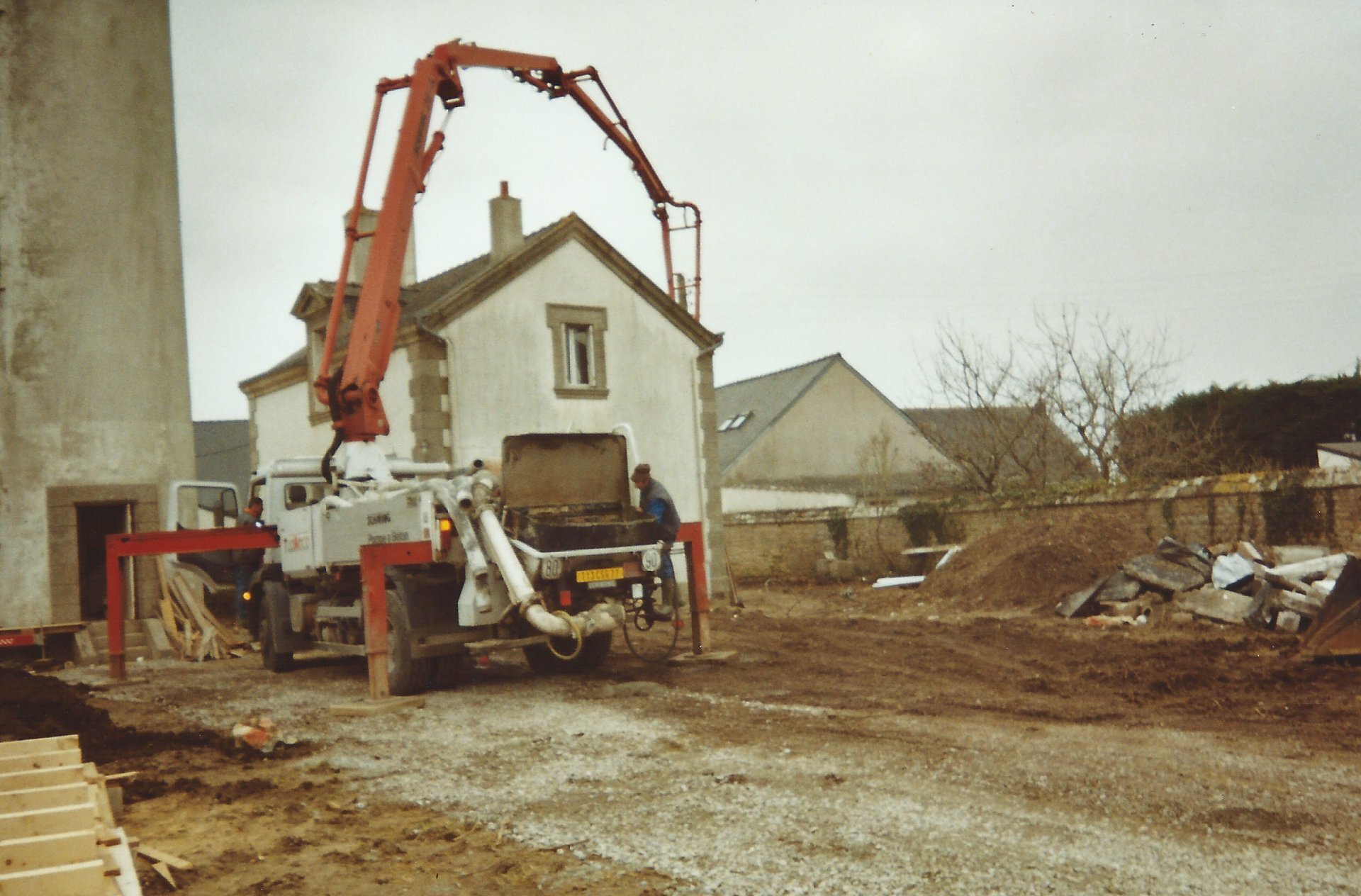
In 2007, the lighthouse became the only lighthouse on top of which a studio was installed, and it welcomed its first occupants. Mr Jégat, assisted from the beginning of the adventure by Mrs Muin, will look after it and its successive occupants for more than 10 years, leaving memories of magic and enchantment in the minds of hundreds of people.
In 2018, the lighthouse changed ownership, but kept its vocation of reception, always with, and thanks to, the precious help of Mrs Muin
The adventure continues....
